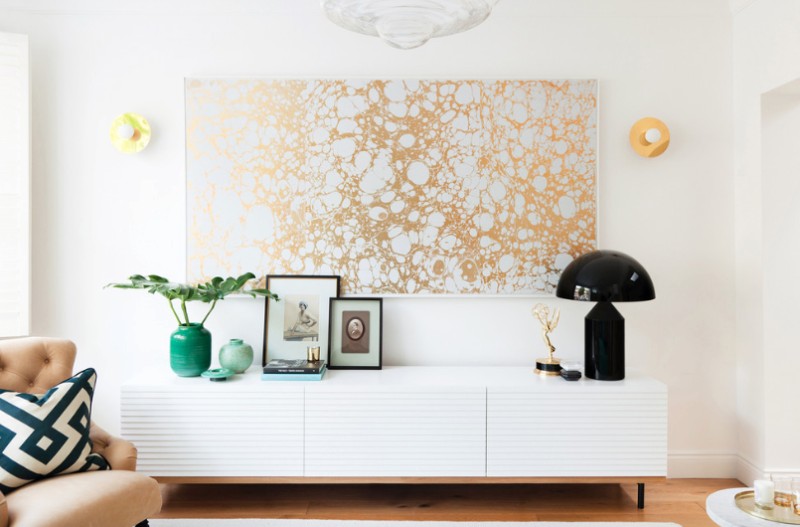Storytelling with Photo Wall Layouts: Capturing Narratives Creatively
In the world of professional photography, few things are as captivating as the ability to weave a narrative through images. Storytelling with photo wall layouts is an art form that can transform a simple wall into a dynamic canvas, telling stories that resonate with viewers. For professional photographers, mastering this art can be a game-changer, offering a unique way to showcase work and engage audiences.
Photographs have always been a powerful medium for storytelling. They capture moments, emotions, and memories, freezing them in time for all to see. When these images are thoughtfully arranged in a photo wall layout, they can convey a deeper, more comprehensive story. This technique not only enhances the visual appeal of a space but also invites viewers to engage with the narrative on a personal level.

The Art of Storytelling Through Photography
At its core, storytelling through photography involves selecting images that not only stand out individually but also complement each other to form a cohesive narrative. This can be achieved through careful consideration of themes, colors, and composition. Each photo should serve a purpose in the story, whether it's to introduce a setting, develop a character, or highlight a pivotal moment.
For photographers, the challenge lies in curating a collection of images that not only showcase their technical skills but also evoke emotions and provoke thought. In this sense, the photo wall layout becomes a gallery of sorts, where each image contributes to the larger story being told.
Designing Effective Photo Wall Layouts
Creating a photo wall layout that tells a compelling story requires both creativity and strategy. Here are some tips to help you get started:
1. Choose a Theme
Before you begin selecting photos, it's important to decide on a theme for your photo wall. This could be a specific event, a journey, or even a series of portraits. The key is to ensure that the theme is clear and consistent throughout the layout.
2. Select Complementary Images
Once you have a theme in mind, choose images that complement each other in terms of color, composition, and subject matter. Look for photos that have a natural flow, guiding the viewer's eye from one image to the next.
3. Play with Layout and Composition
Experiment with different photo wall layouts to find the one that best suits your narrative. This could involve arranging photos in a grid, a spiral, or even a random pattern. Consider using different sizes and orientations to add visual interest.
4. Use Space Wisely
The way you use space can greatly impact the overall effect of your photo wall. Be mindful of the distance between images, as well as the balance between negative and positive space. This will help create a harmonious and visually appealing arrangement.
5. Consider the Viewing Experience
Think about how viewers will interact with your photo wall. Will they be viewing it from a distance, or will they be able to get up close? Consider the height and angle of the display to ensure that it's accessible and engaging for your audience.
Inspiration from Professional Photographers
Many professional photographers have mastered the art of storytelling through photo wall layouts. For instance, some photographers focus on capturing the essence of a place, using a series of landscape images to transport viewers to a specific location. Others might showcase a personal journey, using portraits and candid shots to convey the emotions and experiences of the subjects.
To see examples of creative photo wall layouts, you can visit websites like Photo-Based Religious Art and Acrylic Photo Wall Display Ideas. These resources offer a wealth of ideas and inspiration for photographers looking to enhance their storytelling skills.
The Impact of Storytelling on Audiences
Storytelling through photo wall layouts has a profound impact on audiences. It invites viewers to connect with the images on a personal level, sparking emotions and memories. This form of visual storytelling transcends language barriers, allowing people from different cultures and backgrounds to appreciate and interpret the story in their own way.
Moreover, photo wall layouts can serve as powerful conversation starters. They encourage viewers to ask questions, share their own stories, and engage in meaningful discussions. This interactive element adds depth to the viewing experience, making it more memorable and impactful.
Conclusion
In conclusion, storytelling with photo wall layouts is a skill that can elevate a photographer's work to new heights. By carefully curating and arranging images, photographers can create captivating narratives that resonate with audiences. Whether you're showcasing a personal journey, a cultural event, or a series of artistic portraits, the possibilities are endless.
For more insights on creating stunning photo wall layouts, check out this article on Wall Dcor Inspiration. It's a valuable resource for photographers looking to explore new creative avenues.

FAQs
1. What is the importance of storytelling in photography?
Storytelling is crucial in photography as it adds depth and meaning to images, allowing them to convey emotions and narratives that resonate with viewers.
2. How can I improve my photo wall layout?
To improve your photo wall layout, focus on selecting complementary images, experimenting with different arrangements, and considering the viewing experience from the audience's perspective.
3. Can storytelling through photo wall layouts be used in commercial settings?
Yes, storytelling through photo wall layouts can be used in commercial settings, such as galleries, exhibitions, and corporate spaces, to engage audiences and convey brand narratives.

